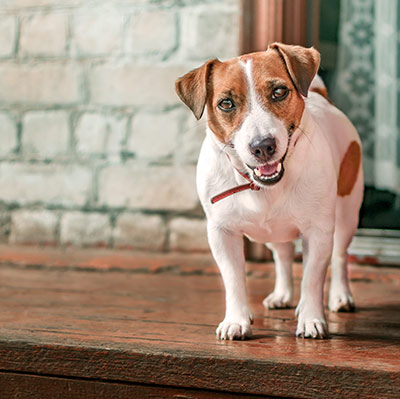Where Do Deer Mice Live? How to Keep Rodents Out of Your Manassas, VA Home
Deer Mouse Identification
Deer mice get their name because they resemble a baby deer with their coloring. They are reddish-brown to golden brown in color. They have a white chest and white feet with a bi-colored tail. Deer mice are about 4 inches in length with a 2 1/2 inch tail. They have a small head and body but are larger than a house mouse. Their ears are large and sparsely furred they also have large, protruding black eyes. Deer mice are nocturnal and will feed about 30 minutes before sunrise or after sunset. They eat seeds, grains, berries and insects and get all the moisture they need from the food they eat. Don’t let their cuteness fool you though; they can be deadly. Deer mice are carriers of hantavirus and were responsible for infecting eight people with the disease that lead to three deaths at Yosemite Park in the summer 2012. Hantavirus is a severe respiratory ailment that is deadly in about one-third of cases. Hantavirus is transmitted primarily through the inhalation of contaminated air as well as through contact with mouse urine, feces and saliva of infected rodents. The best way to prevent hantavirus is to avoid contact with deer mice. Avoid any area you believe they've been and stay away from areas that were previously infested.
Signs of Deer Mice; Droppings, Gnaw Marks, Sounds, Odors & More
- Droppings will be the most obvious sign that you're dealing with any rodent. Even small infestations can produce thousands of droppings in a very short period of time. An adult deer mouse can produce 50 to 75 droppings every day! The pellets will be dark in color, ¼ inch in size with pointed ends.
- Gnaw marks are another good indicator and evidence of recent gnawing. Deer mice will chew on wires and plastic items along with wood, bags and the corners of cereal boxes. You may also notice paper shreds from books or paper towels. They will use it for their nests and the holes they create are clean-cut and about ½ an inch in diameter.
- Sounds and strong musty odors are usually associated with the presence of mice. If you notice your pets acting strangely and probing an area there may be mice. You may find your pets acting strange or making unusual sounds.
Deer Mice Prevention
Deer mice are prolific breeders and therefore pose a serious risk to the health of humans and pets. When temperatures start to cool off they will start looking for shelter which may be your home. To keep them away, seal off any points of entry into your home, clean up litter and piles where rodents like to live and breed, install weather stripping around windows and doors and don't leave food out as this will only attract them.
Rodent Control
Having deer mice in your home is a great concern as they are the primary carrier of hantavirus. Don't put your health at risk trying to deal with them on your own. Trust the professionals at Eagle Pest Services when it comes to controlling deer mice. We know what to look for and have the tools and training required to do the job right. Contact us today!




